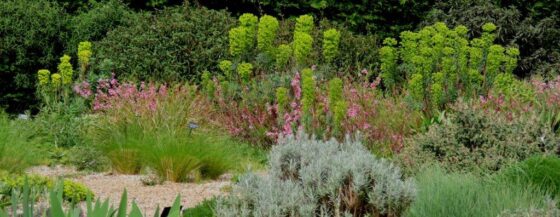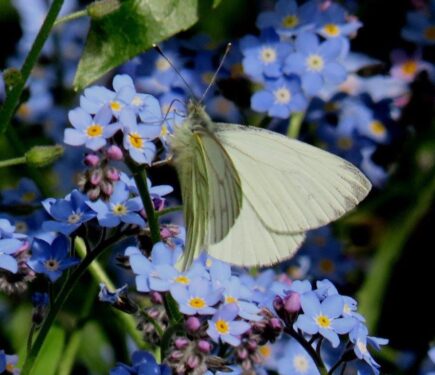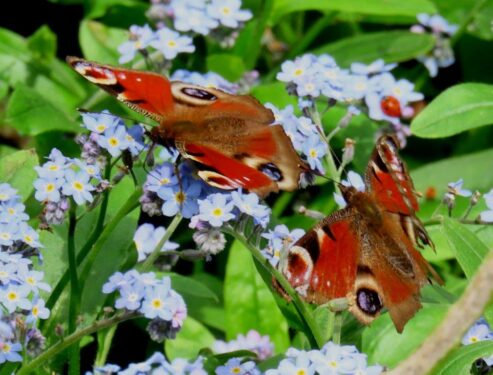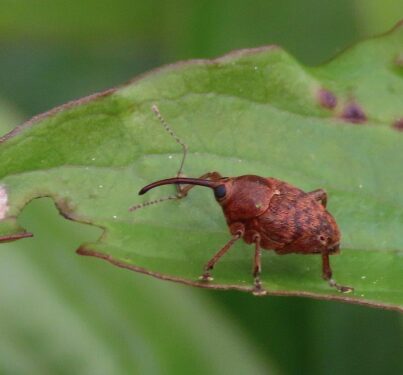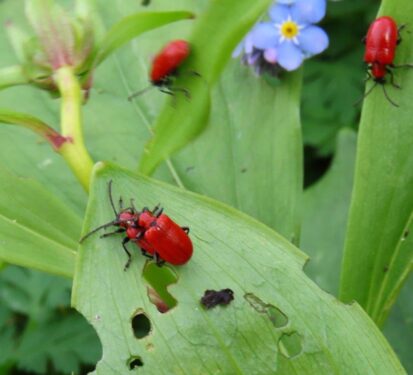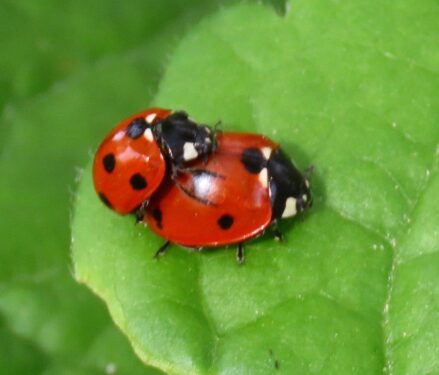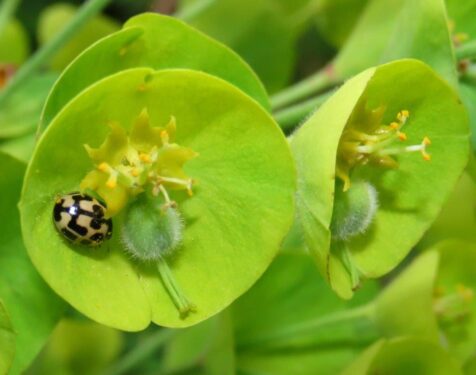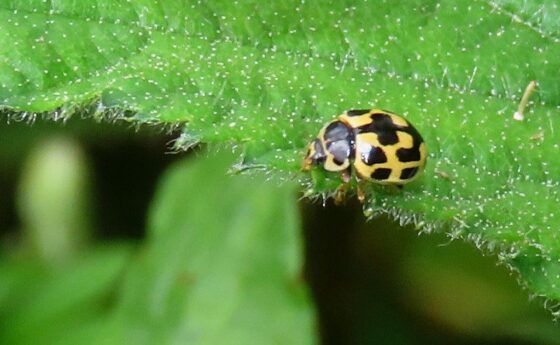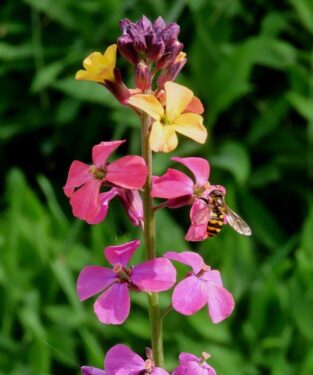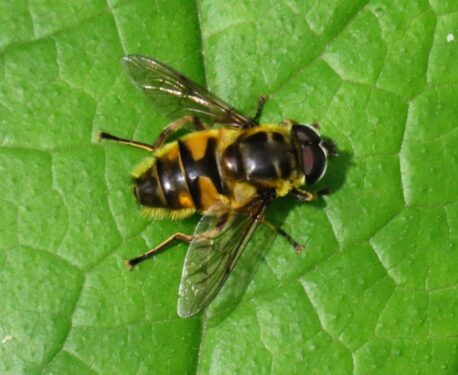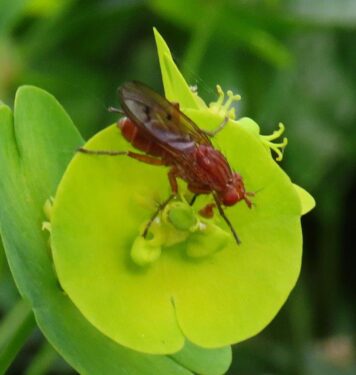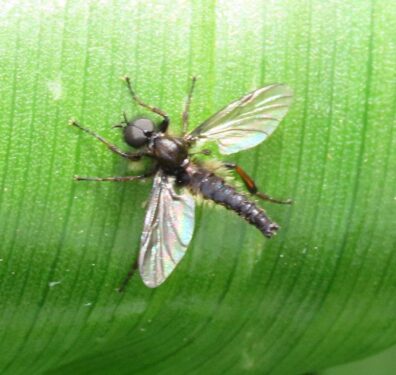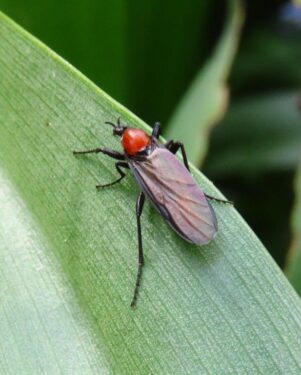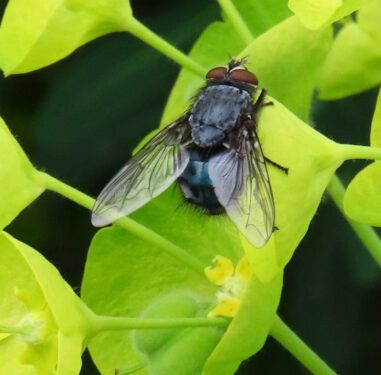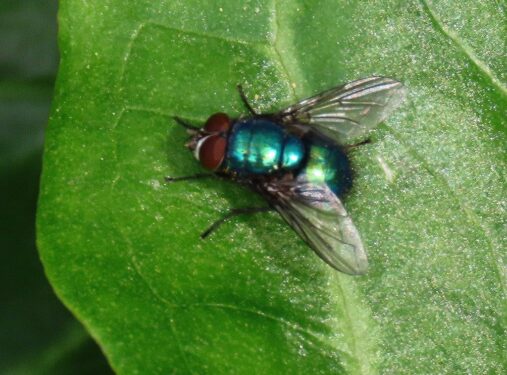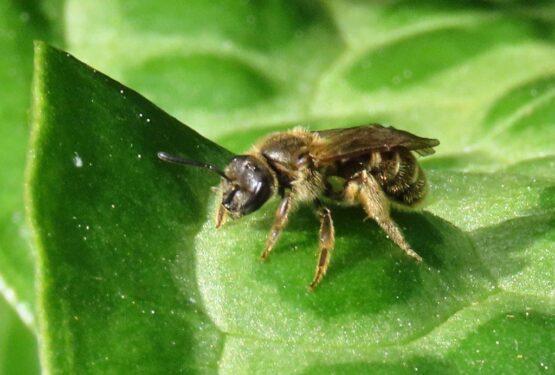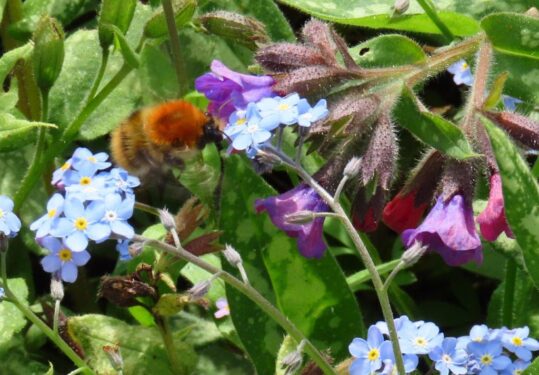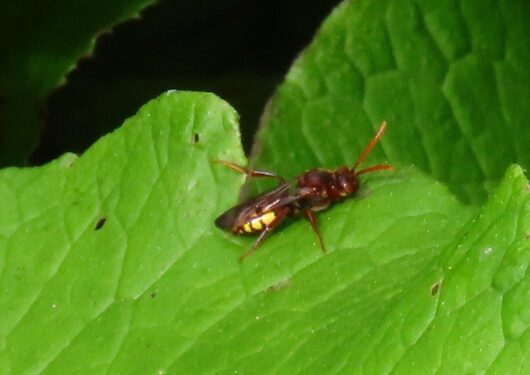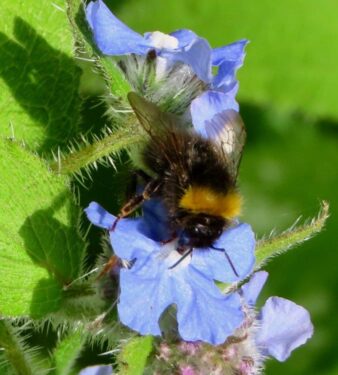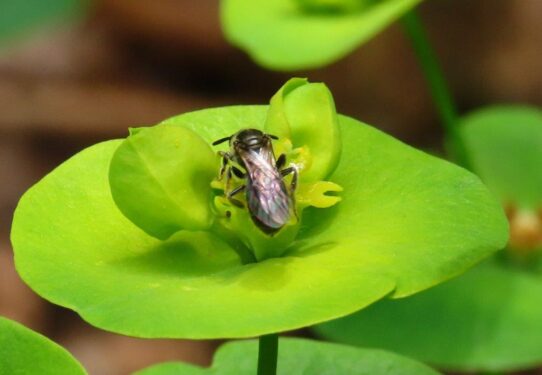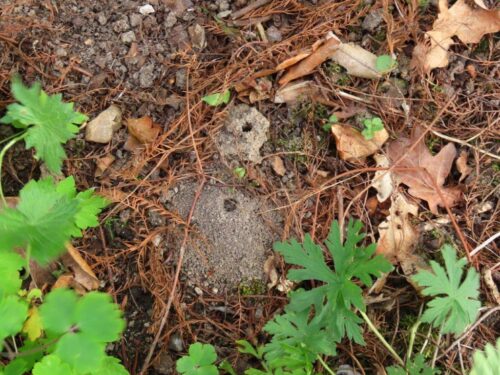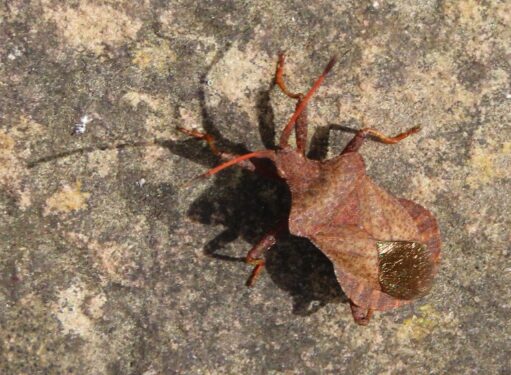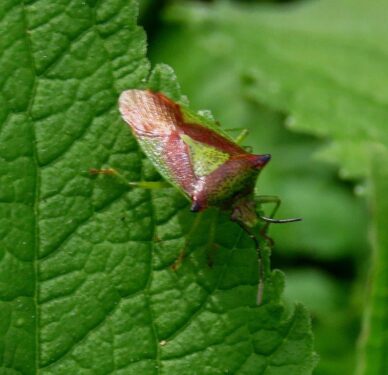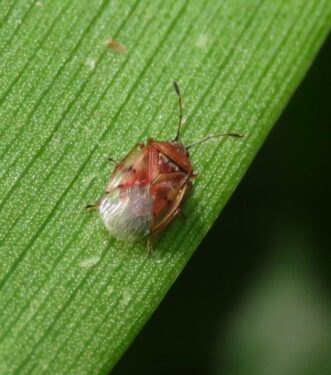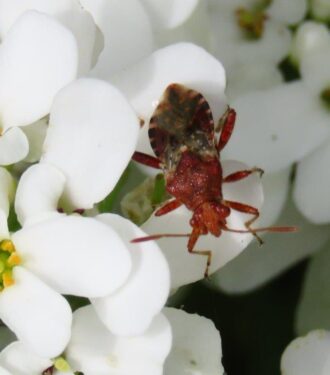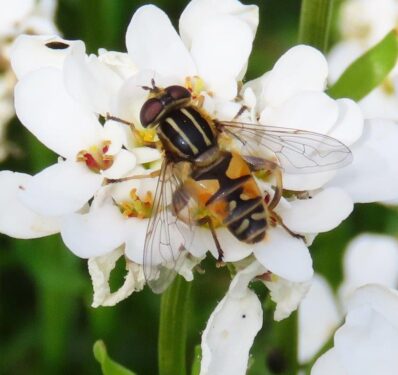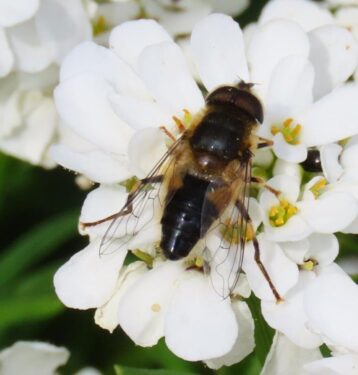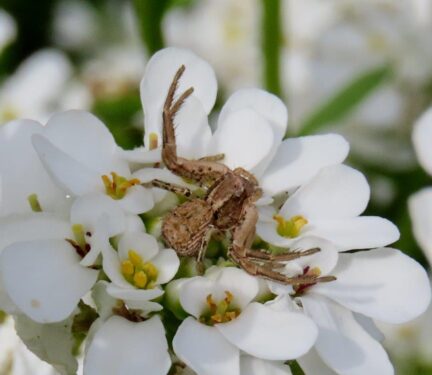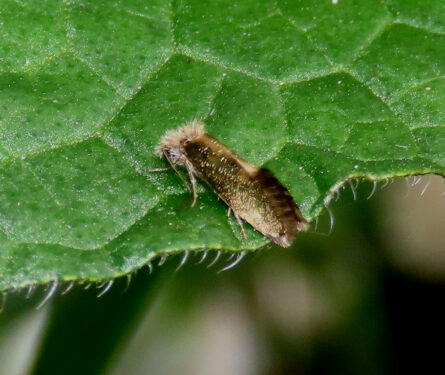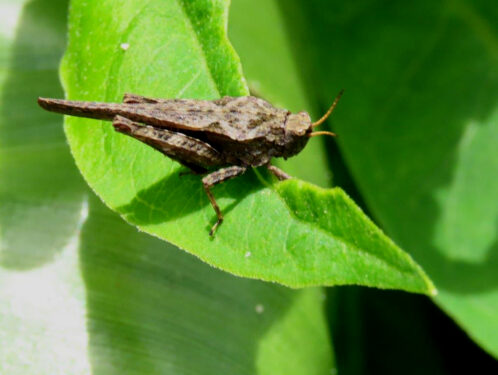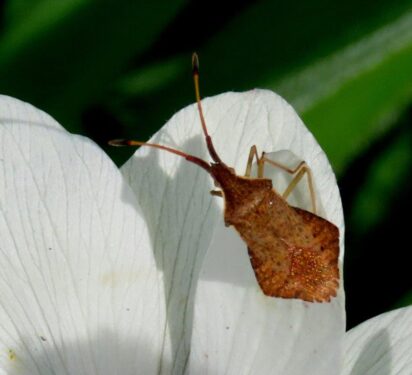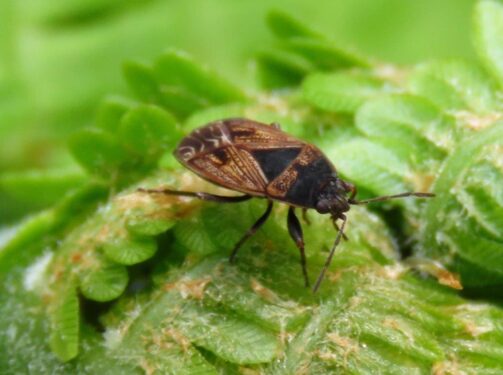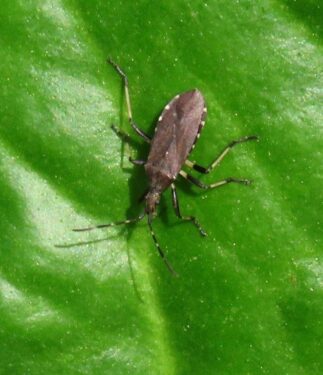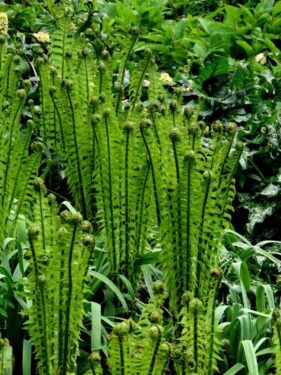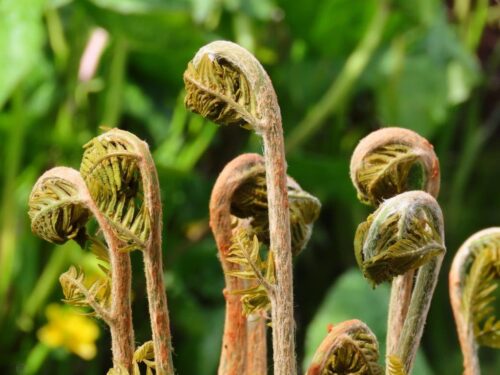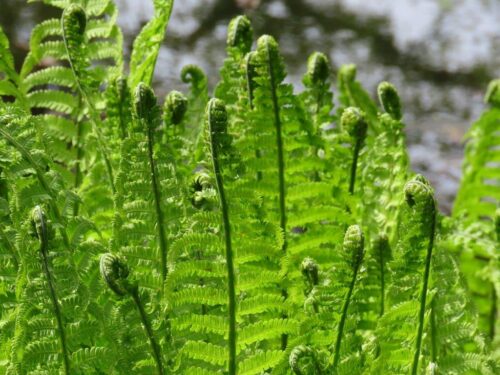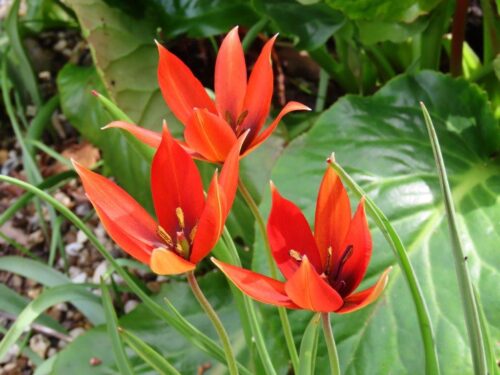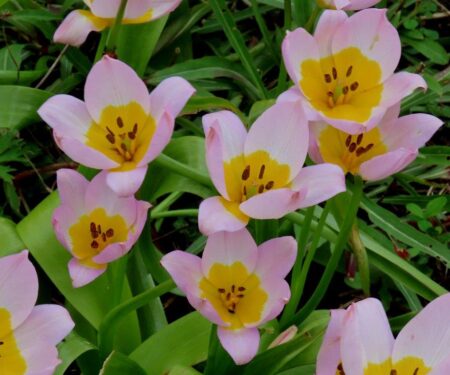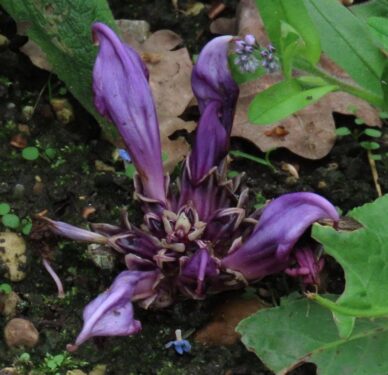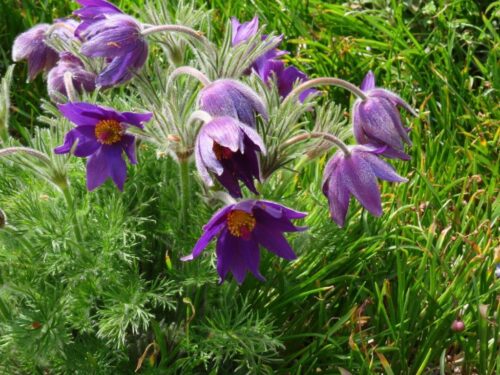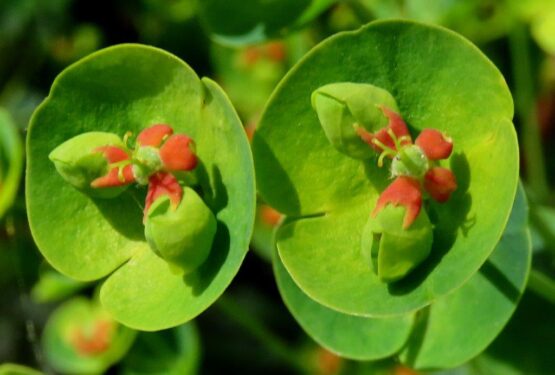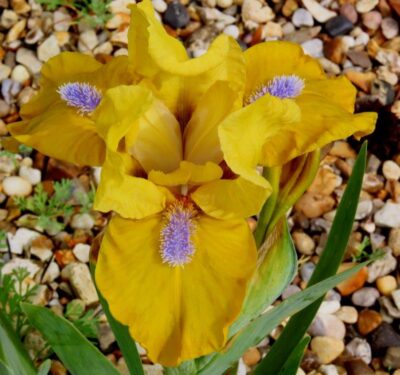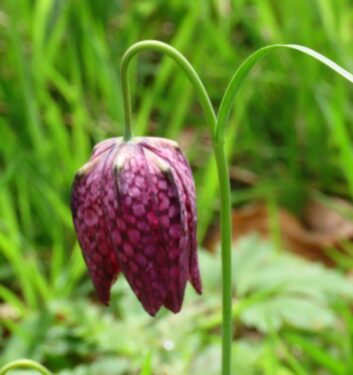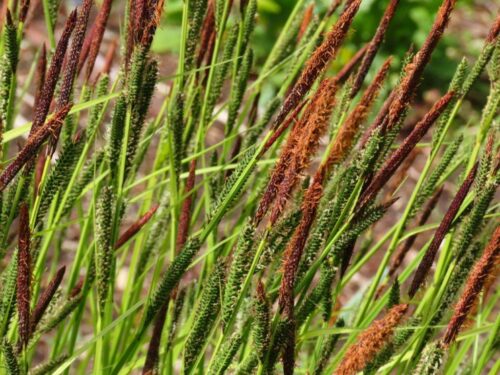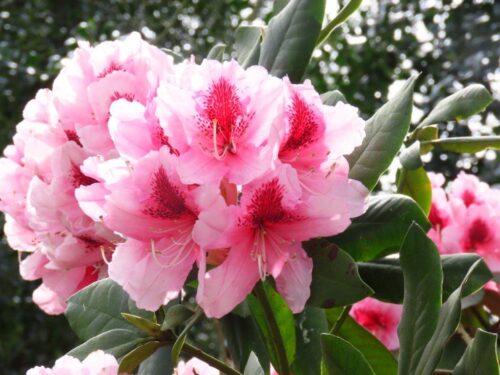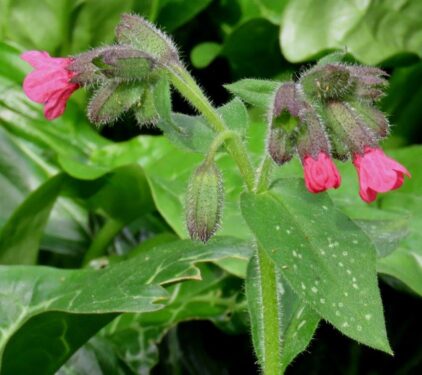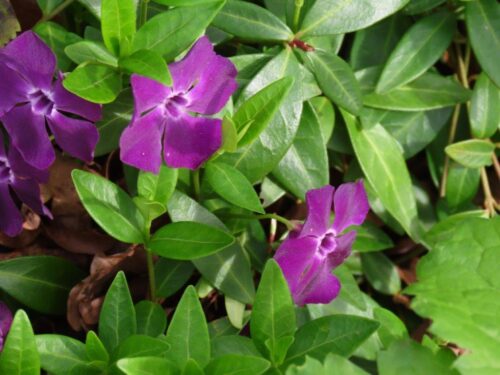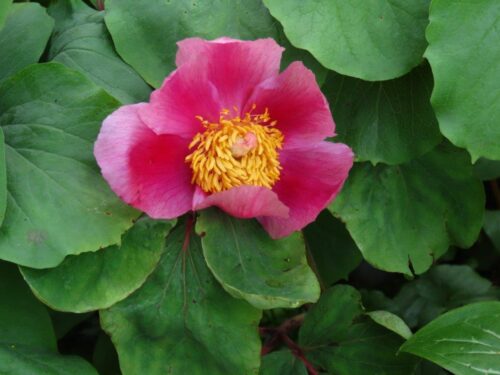What a wonderful day to wander round Beth Chatto’s Garden! The sun was shining, I was in shorts for the first time this year, and I could almost forgive and forget the vagaries of our spring so far…
Swallows twittering overhead, Chiffchaffs and Blackcaps in full song, and there were Orange-tips everywhere (my first of the year) and Green-veined Whites newly emerged, joining the overwintered Peacocks, along with my first Hornet of the summer.
Insects were everywhere, the sheer bioabundance testament to the spring weather and tribute to the fact that we welcome (or at least live with) all-comers – pollinators, predators, chompers and parasites: we don’t kill the planet with pesticides in creating a beautiful garden.
A myriad of insects of all sorts, from beetles …
… to flies: lots of hoverflies, a couple of St Mark’s Flies, a wetland snail-killer Tetanocera ferruginea and a host of others ...
… to bees and wasps, including abundant evidence of nesting Tawny Mining Bees …
… to true bugs.
It seemed that every plant in the garden was being used in some way or another, for feeding, basking or mating but the greatest attractor of all on this day was the Perennial Candytuft, in the Scree Garden, next to and sheltered by Beth’s house:
All of the above are pretty widespread creatures, but as always, time spent looking and searching revealed some specialities that I have not, or only rarely, recorded in the garden before. First is a micromoth, a metallic glistening morsel with wingspan barely a centimetre, called Dyseriocrania subpurpurella. Its larvae live in blotch mines on Oak leaves, and while it is widespread throughout Essex, it is only the second time I have seen it here, possibly because the adult emerges in spring when so often the weather conditions are not conducive to flight.
The Slender Groundhopper is a very small grasshopper relative; groundhoppers are the only members of the grasshopper and bush-cricket group of insects (Orthoptera) that overwinter as adults. Although again widespread across Essex, especially around the muddy edges of ponds, this is the first time I have seen it in our garden.
And then a trio of true bugs, all also new to me as inhabitants of our garden. The Rhombic Leatherbug is a scarce south-eastern species, in Essex more or less restricted to Thames-side and the valley of the River Colne. The ground bug Trapezonotus desertus is found also across Essex, but with only a thin scattering of records: the Essex Field Club map shows only some ten localities. And finally, best of all, the spurge-bug Dicranocephalus medius: a very strongly southern species, this has only one spot on the Essex map (in the deep south) and we have seen it before only in west London.
Of course you cannot overlook the flowers and other plants. The ferns are rearing their reptilian croziers skyward …
… while the flowers span the turn of the seasons, from tulips to paeonies.
The overwhelming impression I had was of joy in the garden. I have never seen so many smiling happy people wandering around, for the first time in many months not having to keep one eye on the weather as they walk. And although the weather forecast is not so good, if anyone wants to join me on a nature walk around the gardens, I will be doing just that (weather permitting) at 11AM and 12 noon this coming Friday, 19 April, meeting at the Visitor Information Centre. Once you have paid to come in, the walk is free! Further ‘Meet the Wandering Naturalist‘ events are also planned for May 17, June 21, July 19, August 2, August 16 and September 20.
For tickets and more information, visit our website Beth Chatto’s Plants and Gardens
